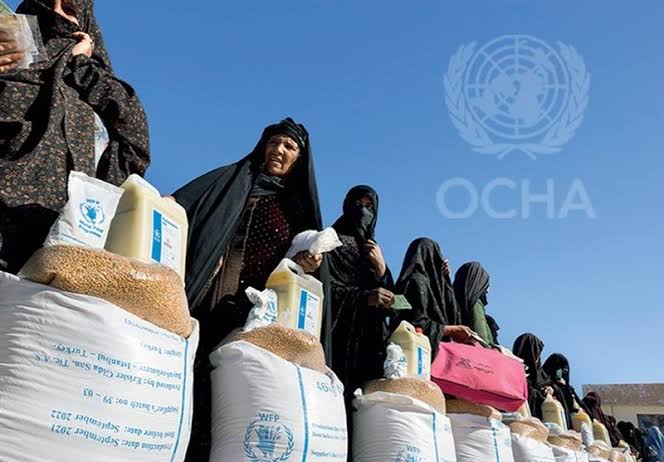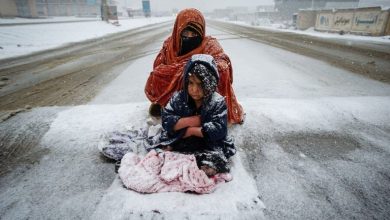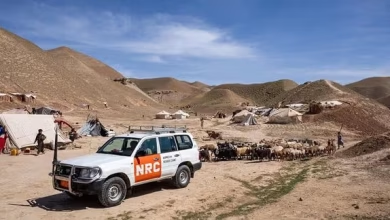
Nearly Half of Afghanistan’s Population Lives Below the Poverty Line, OCHA Says
The United Nations Office for the Coordination of Humanitarian Affairs (OCHA) has reported that 48% of Afghanistan’s population lives below the poverty line, and more than 22 million people in the country are in urgent need of humanitarian assistance.
In a newly released report, OCHA stated that by the year 2025, approximately 5.7 million women, 12 million children, five million elderly people, and three million people with disabilities will require humanitarian aid.
According to the report, widespread poverty, years of conflict, food insecurity, malnutrition, chronic displacement, contamination from explosive remnants of war, and the spread of infectious diseases are major challenges worsening the humanitarian situation in Afghanistan. OCHA warned that over 14.8 million people are facing severe food insecurity, and about three million are living near areas contaminated with unexploded ordnance.
OCHA also emphasized that the restrictive policies of Afghanistan’s de facto authorities—particularly those targeting women and girls—have created significant obstacles to accessing humanitarian aid. The report noted that these restrictions not only hinder access to services but also severely limit women’s participation in public life.
Meanwhile, the United Nations Assistance Mission in Afghanistan (UNAMA) reacted to the report in a Facebook post, stating: “These numbers are not just statistics; our failure to mobilize sufficient and timely funding will have devastating consequences.”
The United Nations has appealed for over $2.4 billion in humanitarian funding for Afghanistan in 2025, but so far, only 12% of the required budget has been secured.
OCHA has once again urged the international community to mobilize resources immediately to prevent further deterioration of the humanitarian situation in Afghanistan.



